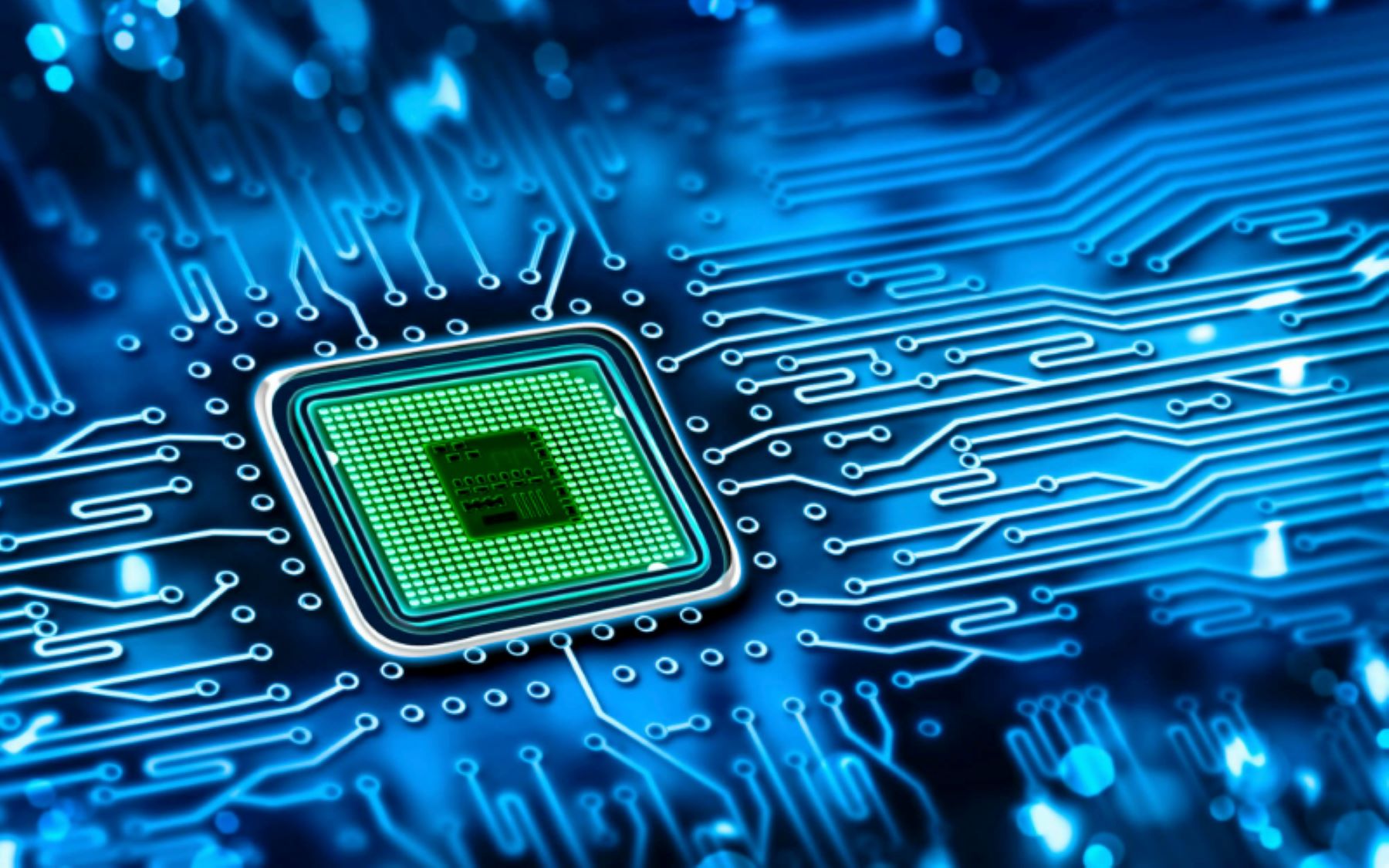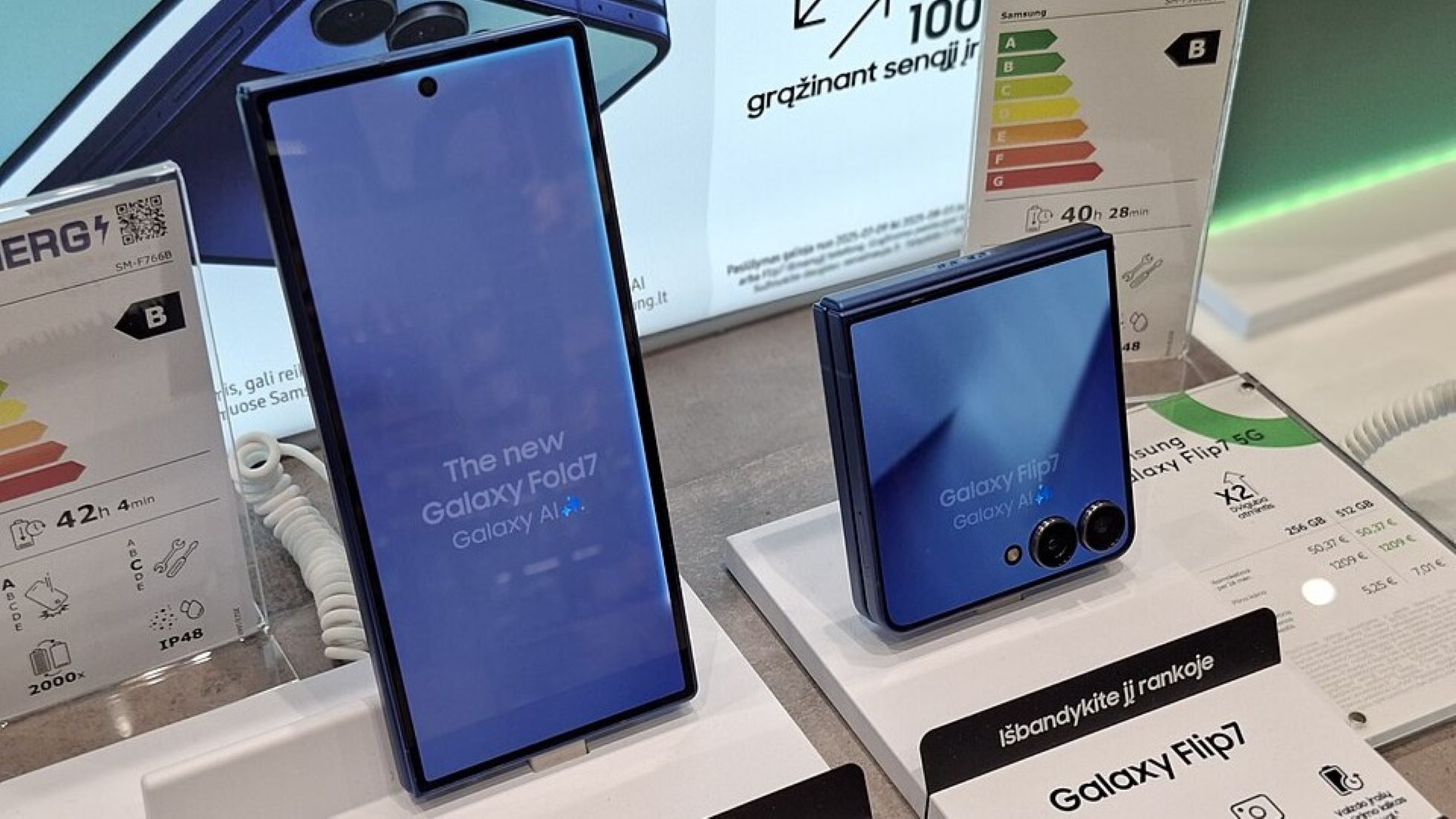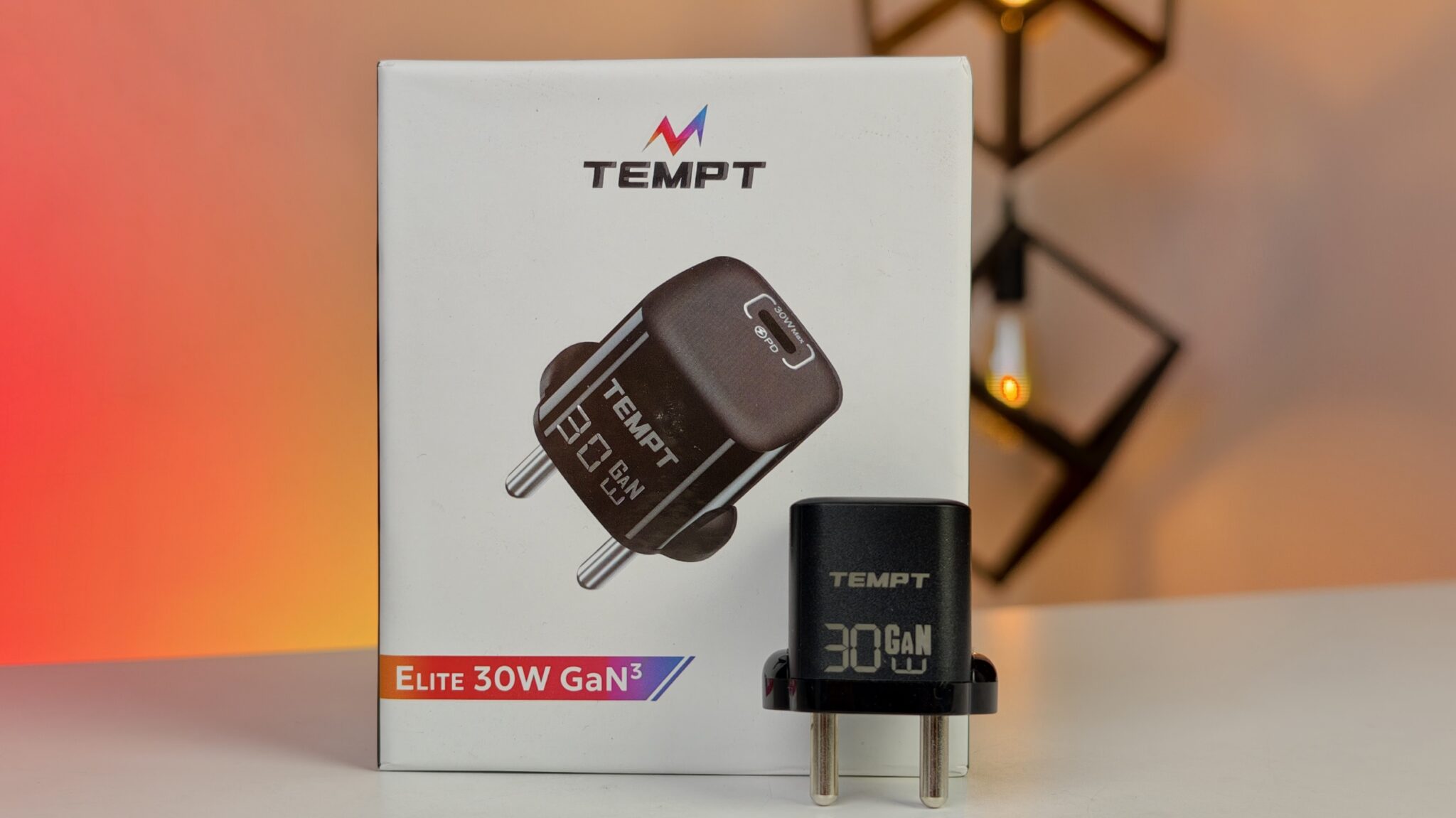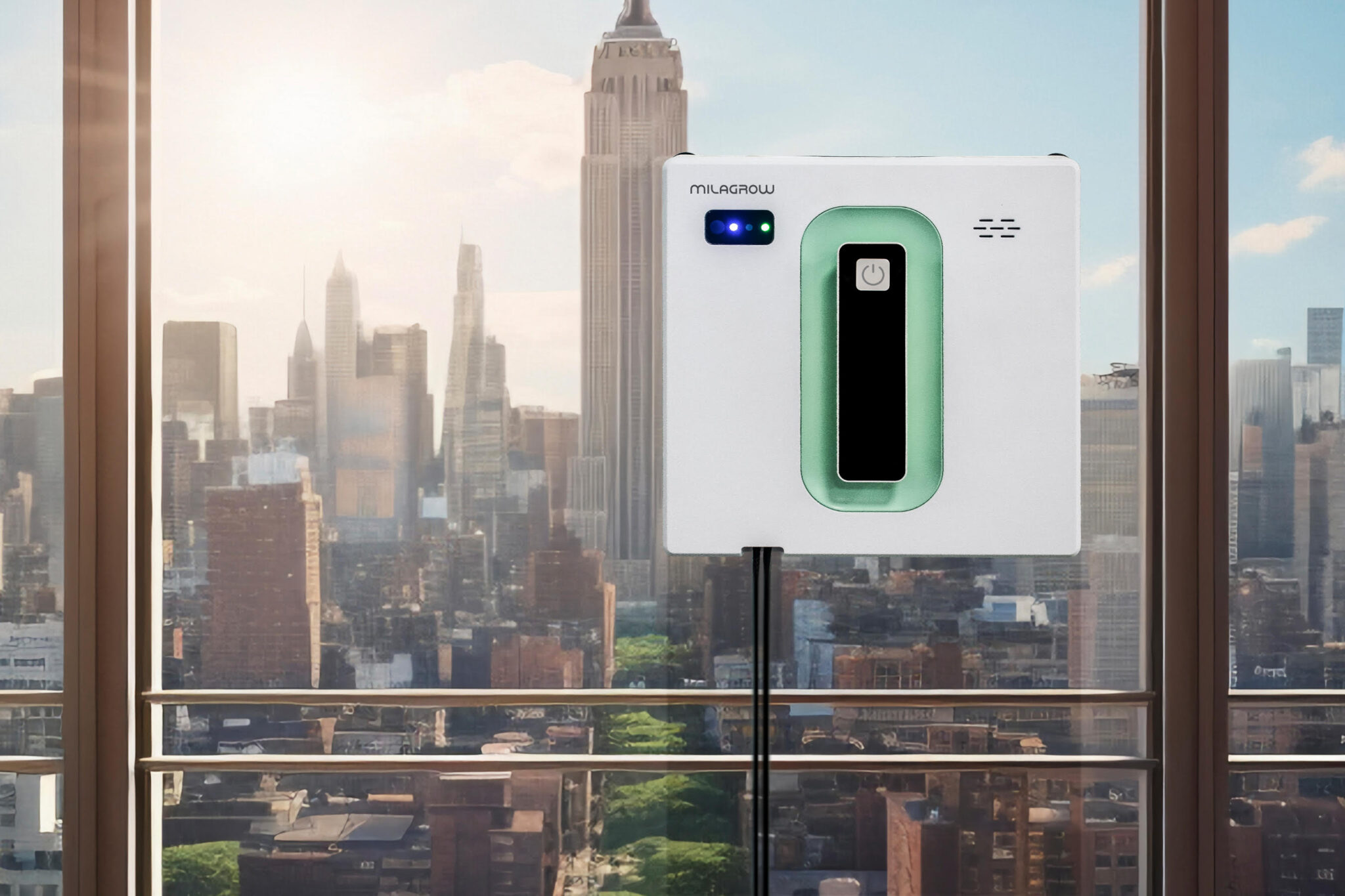Union Electronics and Information Technology Minister Ashwini Vaishnaw has confirmed that India will unveil its first locally manufactured semiconductor chip in 2025. It’s a major leap, perhaps even a landmark, in the country’s long-running ambition to become more self-reliant in electronics manufacturing.
Speaking during the 85th foundation day celebrations of the Keshav Memorial Educational Society in Hyderabad, Vaishnaw emphasized that India is gearing up to become a prominent global player in the semiconductor space. This announcement isn’t just a policy update; it’s a signal of India’s growing capabilities and intentions.
Key Takeaways
- India’s first domestically produced semiconductor chip will debut in 2025.
- These chips will span between 28 nanometers (nm) and 90 nm.
- Six semiconductor fabrication plants have already received approval, with construction in full swing.
- The move aims to reduce dependence on imports and strengthen domestic chip production.
- As part of the India AI Mission, one million people are being trained in Artificial Intelligence.
For a while now, India has been quite prominent in chip design. Cities like Bengaluru, Hyderabad, Pune, Gurugram, and Chennai have been hotbeds for designing highly complex chips used all over the world. But despite that design prowess, actual manufacturing has remained outside India’s borders. This latest push is clearly aimed at addressing that disconnect.
Now, if you’re wondering why semiconductor chips matter so much, they’re essentially the tiny electronic engines inside our phones, computers, cars, and countless other devices. During the COVID-19 pandemic, the world got a harsh lesson in what happens when chip supply chains falter. India’s pivot to local manufacturing is very much a reaction to that wake-up call.
Under the India Semiconductor Mission (ISM), the government is not just offering words of encouragement but backing it with solid support. Six semiconductor manufacturing units have been approved, with construction actively progressing. Schemes like the Semiconductor Fabs Scheme, which can fund up to 50% of a project’s cost, are designed to make India a viable, even appealing, hub for chipmakers.
The chips set to roll out initially will range from 28 nm to 90 nm in size. In semiconductor terms, that range represents a solid start. While not the cutting edge, these nodes are still widely used in things like cars, telecom systems, power grids, and even trains. It’s a practical choice, maybe even a strategic one, since these applications have steady, ongoing demand.
Meanwhile, India isn’t stopping at just hardware. Through the India AI Mission, the government is also uploading publicly available datasets and providing training in Artificial Intelligence to one million people. That dual push, hardware and human capital, suggests a deeper vision: not just making chips, but also preparing the minds and software that will run on them.
Looking ahead, Vaishnaw expressed his confidence that India could be among the world’s top two economies by 2047. That’s a big claim, of course. But pairing bold goals with concrete steps like chip manufacturing and AI training does lend it some weight.
All things considered, the unveiling of India’s first indigenous semiconductor chip in 2025 will be more than a technical milestone. It’ll be a statement, an affirmation that the country is serious about shaping its own technological future.
Related FAQs:
Q1: What is a semiconductor chip?
A1: A semiconductor chip, also known as an integrated circuit (IC) or microchip, is a set of electronic circuits on a small flat piece of semiconductor material, usually silicon. These chips are essential components in almost all electronic devices, from smartphones to cars.
Q2: Why is India focusing on manufacturing semiconductor chips?
A2: India is focusing on manufacturing semiconductor chips to reduce its dependence on imports, strengthen its supply chain, boost local electronics manufacturing, and enhance its technological independence and national security.
Q3: What is the India Semiconductor Mission?
A3: The India Semiconductor Mission (ISM) is a government initiative established to build a strong semiconductor and display ecosystem in India. It provides financial incentives and support to companies investing in semiconductor manufacturing, design, and research and development within the country.
Q4: Who is Ashwini Vaishnaw?
A4: Ashwini Vaishnaw is an Indian politician and former IAS officer. He currently serves as the Union Minister for Electronics and Information Technology, Minister of Railways, and Minister of Information and Broadcasting.



















